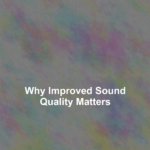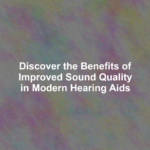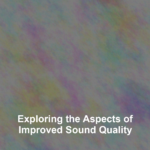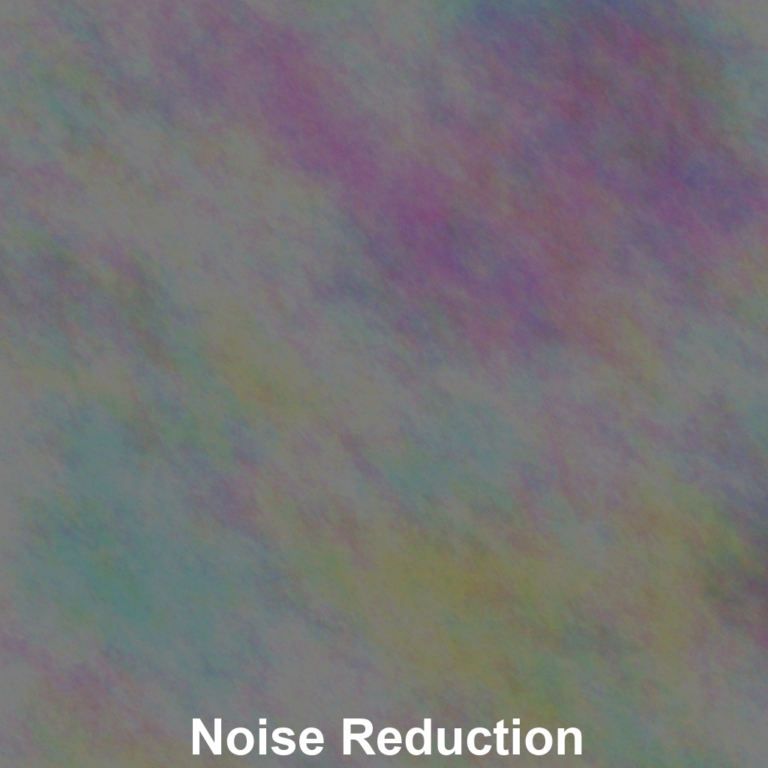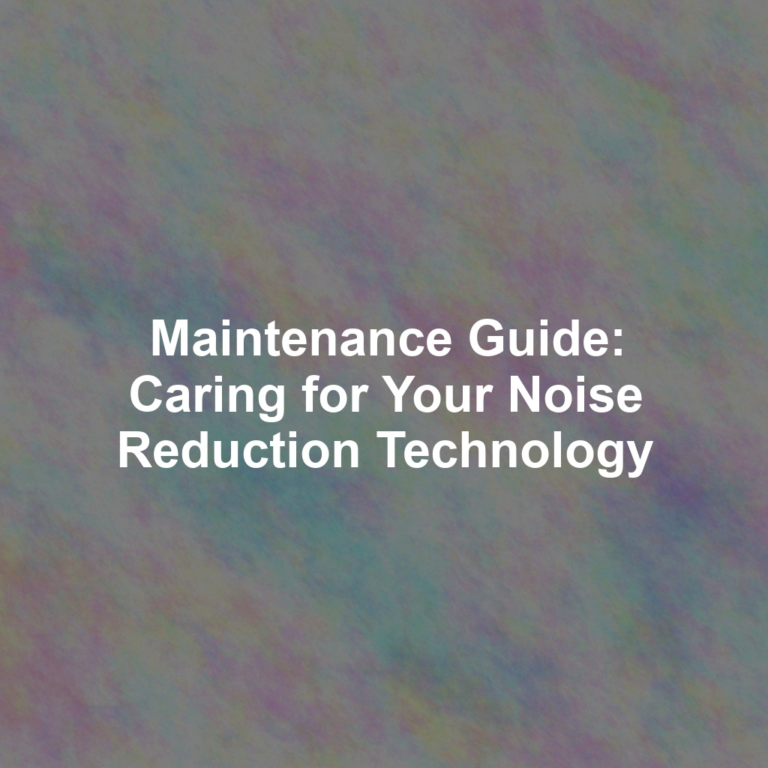You might not be aware that your brain can distinguish between over 400,000 different audio frequencies, a sensitivity that makes the nuances of sound quality more impactful than you may realize.
When you listen to music or watch a movie, the richness and depth of the audio can transport you into another realm, making the hairs on the back of your neck stand up or sending shivers down your spine.
Improved sound quality does more than please your ears; it can alter your emotional and physiological responses, enhancing your overall experience in ways you might not consciously notice.
As you consider the last concert you attended or the latest blockbuster you enjoyed, ask yourself how much the sound influenced your enjoyment. With the ever-advancing technology in sound engineering, youG??re now standing on the threshold of a new era in audio immersion, where the boundaries between reality and the sonic world become increasingly blurred.
The Psychology of Sound Perception
Your perception of sound isnG??t just about the audio waves reaching your ears; itG??s deeply rooted in the complex processes of your brain, influencing how you experience and interpret these sounds. When you listen to music or someone speaking, your brain works overtime, decoding and assigning meaning to every note and syllable. ItG??s a fascinating interplay between your auditory system and cognitive functions that determines your unique auditory experience.
YouG??re not just hearing sounds; youG??re processing them. This involves memory, attention, and expectation, all shaping the way you perceive sound quality. When sound quality improves, itG??s not only the clarity that enhances your experience but also the ease with which your brain deciphers the intricate patterns of the sound.
High-definition audio, for example, can transport you to a concert hall or a bustling city street with remarkable authenticity. ItG??s because your brain recognizes the nuanced differences and simulates the environment for you. YouG??re not merely a passive receiver; youG??re an active participant in the auditory experience, your brain constantly anticipating and reacting to the sounds around you.
Audio Clarity and Detail Recognition
Building on how the brain processes sound, itG??s clear that the finer details in audio clarity play a pivotal role in enhancing your listening experience. When youG??re listening to music, watching a movie, or even enjoying a podcast, crisp sound allows you to pick up subtle nuances that might otherwise go unnoticed. ItG??s not just about hearing the loud and soft notes but discerning the texture and tone that give depth to the audio.
Imagine a high-definition visual experience; audio clarity offers a similar upgrade to your ears. YouG??ll recognize individual instruments in a symphony, hear the inflection in a speakerG??s voice, and notice the ambiance of recorded spaces. This detail recognition transforms a passive listening activity into an immersive auditory journey.
Moreover, clear sound can improve your understanding and retention of information. YouG??re less likely to miss key points in a dialogue or the punchline of a joke when the audio is sharp. ItG??s not an overstatement to say that good sound quality can make the difference between an average and a memorable experience.
Immersive Entertainment Experiences
Immersive entertainment experiences envelop you in a world where sound isnG??t just heard but felt, transforming how you engage with media. Imagine sitting in your living room with the lights dimmed, the screen ablaze with vivid colors, and a soundscape that wraps around you, pulling you into the narrative. High-fidelity sound systems with crisp highs and deep lows ensure youG??re not just watching a movie; youG??re a part of it. The rustle of leaves, the whispers of characters, and the subtle cues of the environment become palpable, intensifying your emotional connection to the story.
When you play a video game, improved sound quality lets you pinpoint footsteps behind you or the direction of an incoming threat, heightening your sense of presence. ItG??s not just about hearing the action; itG??s about feeling it in your bones G?? the thrill of the chase, the tension of a standoff, the exhilaration of victory.
Even in live concerts or theater performances streamed to your home, enhanced audio quality means you can close your eyes and almost feel the energy of the crowd, the resonance of the instruments, the power of a live voice. ItG??s these nuances that turn your media consumption into an event, an experience that lingers long after the credits roll.
Impact on Mood and Emotions
As you absorb the nuanced acoustics of an enveloping soundscape, the impact on your mood and emotions intensifies, forging a deeper and more personal connection with the content. The clarity of a strumming guitar can transport you to a serene sunset on the beach, while the punchy bass in an upbeat track can energize your morning run. Improved sound quality doesnG??t just mean hearing more; itG??s about feeling more.
Consider these significant effects that high-fidelity sound has on your emotional state:
- Enhanced emotional engagement: Crystal-clear sound allows you to experience the full range of emotions intended by the creators.
- Stress reduction: Listening to high-quality, soothing tunes can decrease anxiety levels and promote relaxation.
- Memory triggers: Vivid sound can evoke powerful memories, tying songs to past experiences and emotions.
- Motivation boost: Dynamic and detailed audio can inspire and motivate you to push through a workout or tackle challenging tasks.
- Improved focus: Distortion-free sound can help you concentrate better, whether youG??re studying or enjoying a gripping podcast.
Advancements in Audio Technology
Recent advances in audio technology have dramatically enhanced the way you experience sound, from the depth of bass to the clarity of high notes. Innovations like High-Resolution Audio (Hi-Res Audio) now allow you to hear music as the artists intended, with a broader spectrum of frequencies that older formats canG??t match. YouG??re no longer limited to the constraints of CD quality; digital tracks can preserve details that were previously lost in compression.
YouG??ve also got the rise of immersive audio formats like Dolby Atmos and DTS:X, which envelop you in sound from all directions. With these technologies, youG??re not just listening to a soundtrackG??youG??re placed right in the middle of the action. Whether youG??re watching a movie or playing a video game, the audio environment is richer and more realistic.
Moreover, wireless audio tech has taken leaps forward. Bluetooth codecs like aptX HD and LDAC transmit audio at much higher quality than ever before, making wireless listening experiences nearly indistinguishable from their wired counterparts. And noise-cancellation technology has become so advanced that you can tune out the world around you and dive deep into your favorite tunes without any distractions.
These developments arenG??t just for enthusiasts; theyG??re quickly becoming standard, meaning youG??ll get to enjoy the fruits of audio innovation every time you put on your headphones or turn on your speakers.
Conclusion
YouG??ve seen how clear, detailed sound transforms your experience. ItG??s not just about hearing; itG??s about feeling.
With every technological leap, your favorite songs and movies envelop you, stirring emotions and heightening sensations. Embrace these advances, because theyG??re not just improving audio; theyG??re enhancing your connection to the world of sound around you.
So, put on those headphones or crank up your speakers, and let the rich, immersive audio move you like never before.



